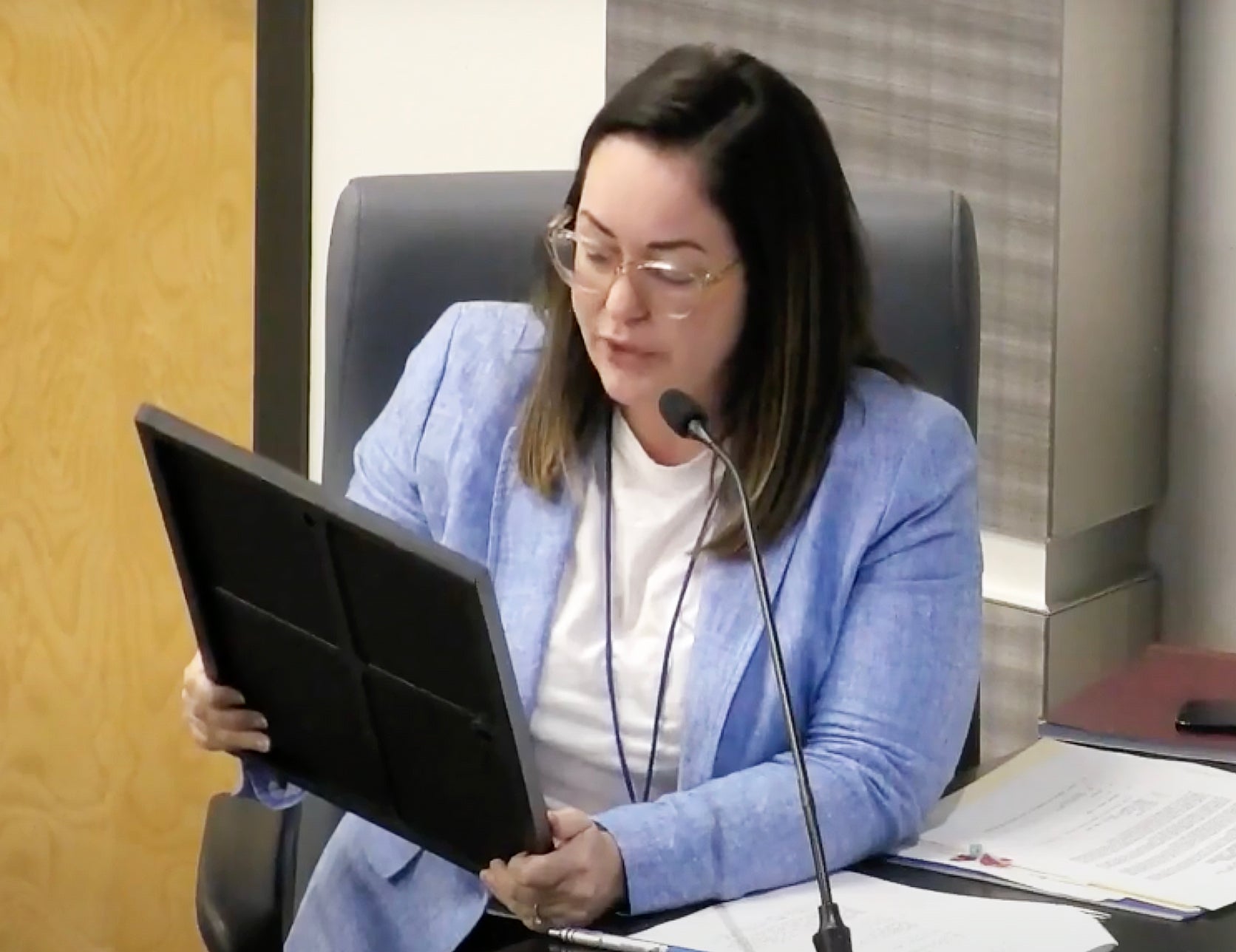(The Center Square) — The U.S. Army Corps of Engineers approved permits this week for the Mid-Barataria Sediment Diversion Project, capping off a six year environmental review process.
Construction of the project, which will divert sediment into the Barataria Basin impacted by the 2010 Deepwater Horizon oil spill, could begin next year, if funding is approved by the Louisiana Trustee Implementation Group.
“Today is a monumental day for the state of Louisiana,” Gov. John Bel Edwards said in a Monday announcement. “The Mid-Barataria Sediment Diversion is a first-of-its-kind environmental infrastructure project that will exist in our own backyard to serve areas experiencing some of the highest rates of land loss in the world.
The project uses “engineering with nature” principles to reestablish a consistent flow of sediment from the Mississippi River to the Barataria Basin, eventually helping to build and sustain up to 26,000 acres of wetlands to the estuary. The wetlands will create a buffer for storm surge protection for communities in southeast Louisiana, while improving habitats for aquatic species and wildlife.
State officials also pointed to the economic benefits construction will bring to surrounding communities.
Chip Kline, chairman of the Louisiana Coastal Protection and Restoration Authority, contends the USACE approval on Monday “represents a turning point in the story of Louisiana’s coast.”
“The greenlight on this project moves us closer to finally implementing a critical component of the solution to our land loss crisis that science has pointed us to for decades — using the land-building power of the Mississippi River to sustainably build and maintain land,” he said. “It unlocks our ability to use every tool in the toolbox, making our approach to coastal restoration and protection efforts stronger, more effective, and more innovative than ever before.”
The CPRA plans to use settlement funds from the Deepwater Horizon oil spill for the $2.5 billion project, and have applied to the Louisiana Trustee Implementation Group tasked with allocating the settlement funds.
If approved, construction for the project and mitigation measures would start next year.
The USACE permit process began in 2016 with an extensive environmental review of potential beneficial and adverse impacts, which included assessments of salinity patterns and land building potential, as well as economic benefits and construction noise.
The review also compared the benefits and drawbacks with other alternatives and to basin conditions in the future without the project. A draft Environmental Impact Statement was published for public comment in March 2021, and a final version was published in September.
“This validates the work of hundreds of the brightest engineers and scientists from across the world who developed a project informed by sound science. It also represents immense progress on a project that will drastically change the outlook of coastal Louisiana for the better,” said CPRA Executive Director Bren Haase. “Throughout this extensive process, CPRA remained committed to transparency and ensuring the public had access to meaningful information as it became available.
“We will continue working with communities, industries, and stakeholders to minimize or mitigate negative impacts in the short term while we build a cornerstone project that will protect and sustain them in perpetuity.”





